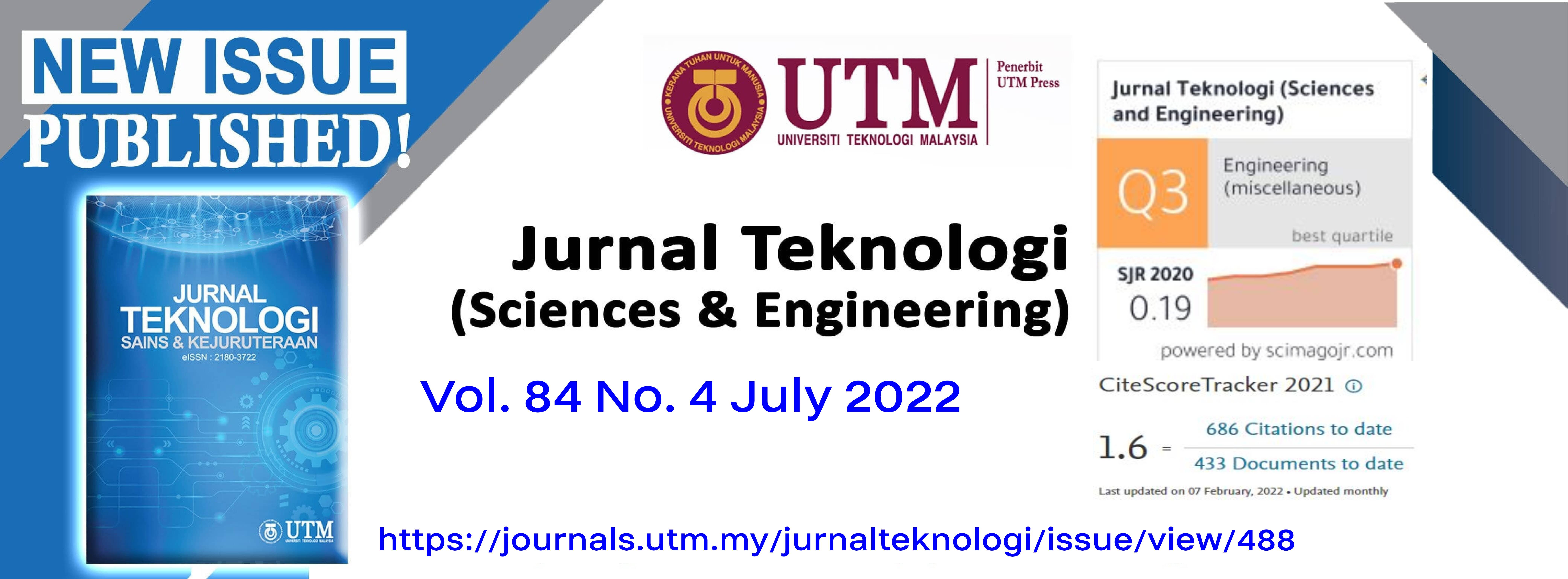DEVELOPMENT OF LANE CHANGE MODELS THROUGH MICROSCOPIC SIMULATION UNDER MIXED TRAFFIC
DOI:
https://doi.org/10.11113/jurnalteknologi.v84.18074Keywords:
Highway traffic flow, capacity, mixed traffic, lane changes, VISSIMAbstract
The number of motor vehicles and traffic demand is growing in tandem with society's rapid economic development and the quickening process of urbanization. In India, traffic congestion has become the most serious issue. Vehicle's poor lane-changing behaviors have a significant impact on the speed of the traffic system. The lane change behavior was observed in the study with the traffic flow simulation model VISSIM. The purpose of this investigation is to estimate the number of lane changes by simulating them at different volume levels. The study also shows the capacity estimate and its relationship with the lane change. The maximum traffic flow and lane changes were calculated based on the proportions of each vehicle type in the standard car traffic flow. The maximum number of lane change models for known traffic compositions on 4-lane, 6-lane, and 8-lane divided highways has been developed. According to the results, the number of observed lane changes depends on the volume of traffic and the number of lanes provided for a particular direction of travel. The composition and vehicle types also have a significant influence on lane changes and highway capacity, which involves uncertainties in the analysis of traffic flow properties.
Downloads
Published
Issue
Section
License
Copyright of articles that appear in Jurnal Teknologi belongs exclusively to Penerbit Universiti Teknologi Malaysia (Penerbit UTM Press). This copyright covers the rights to reproduce the article, including reprints, electronic reproductions, or any other reproductions of similar nature.
















